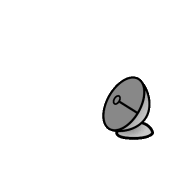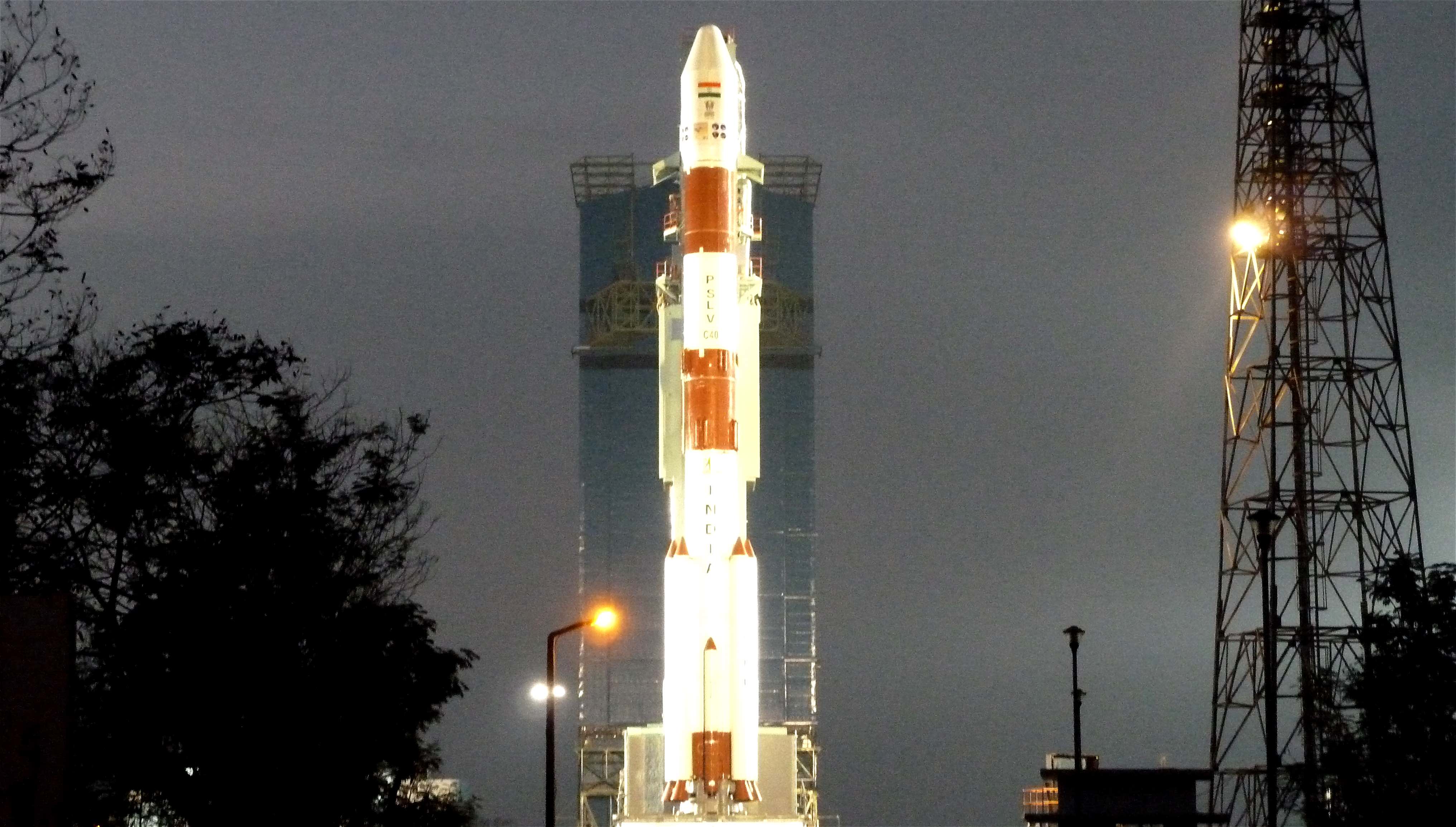
PicSat has been launched on 12th January 2018, by the PSLV-C40 (Polar Satellite Vehicle Launcher, video of the launch), operated by ISRO, the Indian Space Agency. The orbit is a 505 km Sun-Synchronous Polar Orbit
As virtually any other Cubesat, PicSat was not launched as the primary payload of PSLV-C40, but in so-called piggybacking. The launcher sent a 700 kg Earth-observation satellite, Cartosat 2ER, as its main payload, and PicSat took advantage of some free space on the launcher to get a ride to space (along with a dozen other Cubesats). Piggybacking makes possible to send a satellite without a dedicated launch (which would be impossible in terms of cost for a Cubesat project). The drawback is that we did not have any word to say on the selected orbit.

PICSAT 1 43131U 18004W 18021.60551509 .00001940 00000-0 87505-4 0 9991 2 43131 97.5546 83.7702 0008572 247.1439 112.8892 15.22227881 1414Howerver, it seems that the following TLEs provide a better estimate of the passes, as well as a better Doppler shift correction:
MICROMAS-2A 1 43132U 18004X 18046.91307560 .00001508 00000-0 68556-4 0 9994 2 43132 97.5504 109.1912 0010783 155.1521 205.0236 15.22287243 5264
When an object is orbitting around the Earth, the only force it is experiencing is the gravitational attraction of the planet. Because of Newton's second law of motion, the acceleration of the satellite can be directly related to this gravitationnal force exerted by the planet, and hence to the position of the satellite relative to the Earth. This means that the acceleration of the satellite is directly related to its position. In physics jargon, we say that the motion of the satellite is governed by a second order differential equation. A direct consequence of this fact is that if one knows the exact position and velocity of the satellite at any given time, one can compute the complete orbital motion, past, present, and future, of the satellite. An orbit is a trajectory which only has 6 degrees of freedom (3 coordinates for the position of the satellite in space, 3 for its velocity).
But even if in theory it would be possible to describe each and every possible orbital trajectory around the Earth using a set of 6 parameters giving the position and velocity at a single fixed time (say, 1 January, 2000, at noon), it would not be a very useful description in practice, as one would have to run a complete simulation to get any idea of the trajectory of the satellite around the Earth.
A more useful description of an orbit than the position-velocity representation is related to the 17th century Kepler's first law of planetary motion, which states that the orbit of a planet going around the Sun is an ellipse, with the Sun at one of the two foci. A man-made orbitter going around the Earth being essentially the same thing as a planet orbitting around the Sun (from a mechanics point of view, at least), the orbit of a satellite aroud the Earth is also an ellipse, which can be described by two parameters: the eccentricty (related to its shape), and its semi-major axis (its size). Add three different angles (argument of periapsis, longitude of the ascending node, and inclination) which give the exact orientation of the orbital plane, and a time reference (time of apoapsis), and you have the standard set of 6 orbital parameters.
There is still one more way to describe an orbit, which is very broadly used in the space industry: two-line elements. A two-line element is a standardized set of values, written on two lines (hence the name!), and which gives various information about an artifical satellite. In particular, this set contains: the inclination, the longitude of the ascending node, the eccentricty, argument of periapsis, mean anomaly, and mean motion. The mean motion, which gives the number of revolutions of the satellite per day, is directly related to the orbital period, and thus to the semi-major axis. The mean anomaly, which gives the position of the satellite along its orbit at a given time, can be seen as another way to have a time reference for the orbital motion.